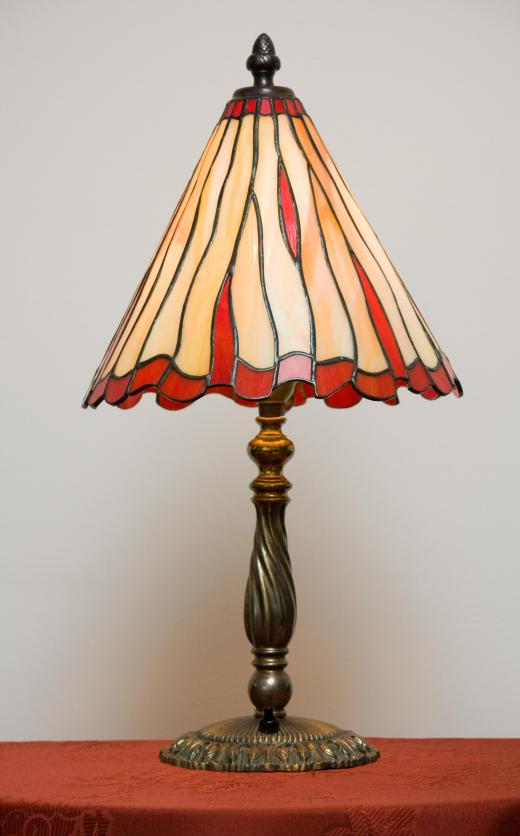Laser cut glass is any glass product cut from a sheet using a high power laser. Most glass grades may be cut using lasers, although the techniques used require adjustment to avoid cracking due to excessive thermal shock. In most laser cut glass applications, carbon dioxide (C02,) lasers are used, although other types may be also be used in specific applications. When glass is correctly cut with a laser, the cut edges exhibit a smooth, polished surface requiring little or no finishing and posing no injury hazards. Laser cut glass items include ornaments, tiles, and electronic components such as the glass wafers used in liquid crystal displays (LCDs).
Glass cutting is a common procedure where items are manufactured from flat glass sheets. Conventional glass cutting involves scoring, or scratching, a line into the surface of the glass along the cut line. This creates a weak area in the glass along which the sheet is mechanically flexed, or bent, causing it to break on the line. In most cases, this creates a fairly accurate cut, although the results can often be unpredictable. The edges of this kind of cut are also very rough and sharp requiring polishing if serious lacerations are to be avoided.

An alternate method for cutting items from glass sheets is laser cutting. Lasers are devices that project a tightly-focused, high-energy beam of light that releases significant amounts of heat at its point of contact. In the case of laser cut glass, the laser beam melts and vaporizes the glass at the cut point. In some instances, this can lead to a phenomenon known as thermal shock, which can cause the glass to crack along the cut line or even across its entire surface. To prevent this, a coolant is directed at the glass surface immediately behind the cut point.
Laser glass cutting holds several distinct advantages over conventional score and flex methods. The first is accuracy and detail, with computer-controlled lasers being capable of high degrees of accuracy along complex profiles. The second is exceptionally high cut quality, where the cut lines have a smooth, almost polished, surface requiring no finishing, in most cases. The completed items are also free of lubricants commonly used in other glass cutting processes. This not only cuts down on production time, but also eliminates the potential for injuries.
Most laser cut glass is processed using high power C02 lasers, although other types such as ultraviolet (UV) lasers may be used. These lasers have proven particularly effective at cutting low-cost glass types such as soda lime glass. Products manufactured using laser cutting include ornamental items, glass tiles, and the screen sheets for LCD readouts.
